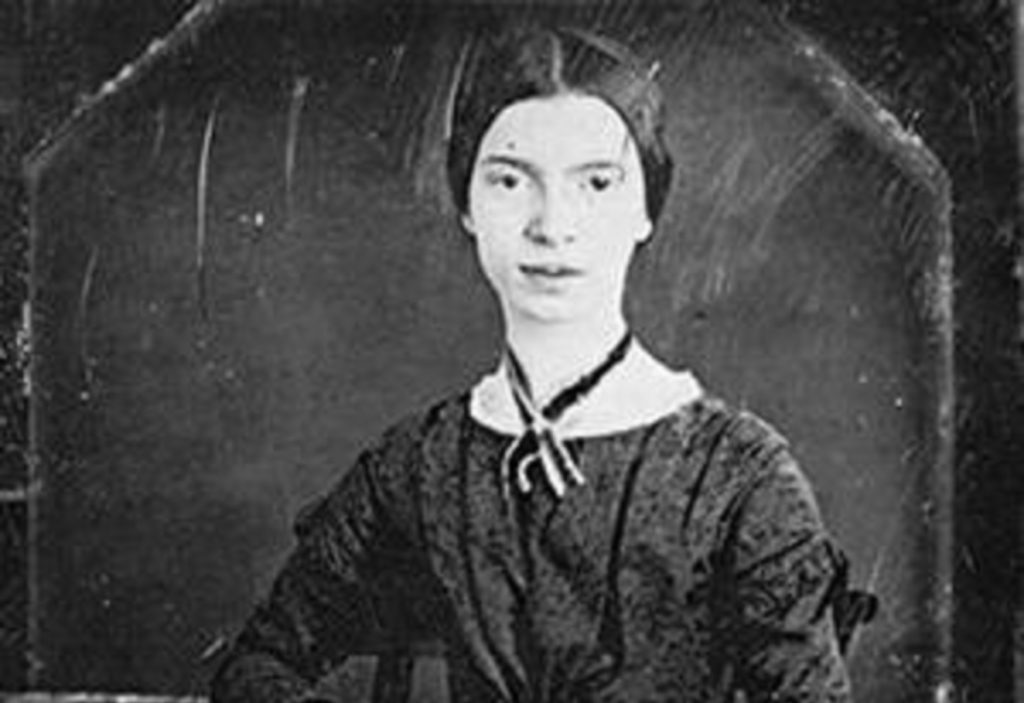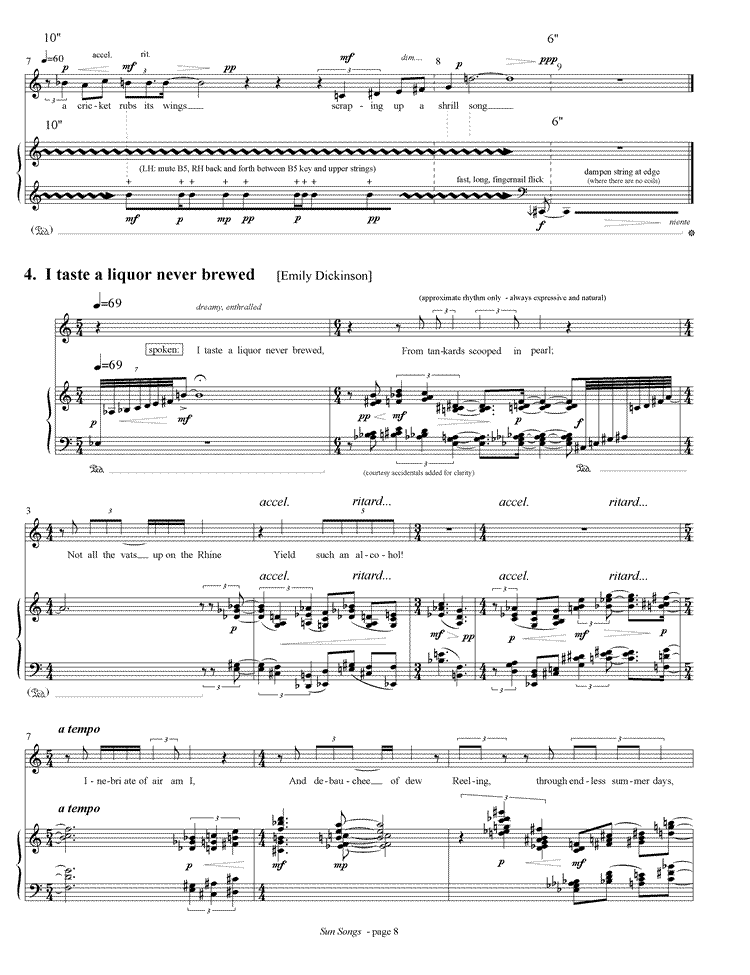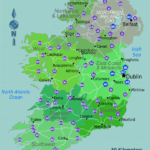10 Things Emily Dickinson Taught Me about Writing Poetry
 During Postcard Poetry Month, otherwise known as “August,” I decided that instead of merely writing a postcard poem per day and mailing it to (usually) a complete stranger, I would focus on Emily Dickinson (1830-1885). I posted about this on the blog a while back, and shared the rules—er, guidelines—I had decided to follow. But now that summer is well and truly over, I wanted to take a minute to share what I learned in the process.
During Postcard Poetry Month, otherwise known as “August,” I decided that instead of merely writing a postcard poem per day and mailing it to (usually) a complete stranger, I would focus on Emily Dickinson (1830-1885). I posted about this on the blog a while back, and shared the rules—er, guidelines—I had decided to follow. But now that summer is well and truly over, I wanted to take a minute to share what I learned in the process.
If you attended my craft talk at the Ballard Library, you’ve already heard these, or an earlier version of them.
- Perfection is not the point. Dickinson faithfully confused it’s and its throughout her poetic career. The Franklin edition (1998) of her poems restores her punctuation and misspellings, for instance, opon, instead of upon.
- Similarly, if you’re going to write with Emily, you can’t worry about being linear. As one of my professors used to say, “Stop making sense!” Dickinson leapt from idea to idea, even when she wasn’t using a dash to skate across on. (Or opon.)
- Understand the many ways to rhyme–full rhyme and slant but also alliteration and assonance and consonance, etc. In one of my favorite poems, “The Soul has Bandaged moments -” (F360), Dickinson mixes conventional rhyme (hair and fair) with hours / doors and rose /paradise.” Even her very faint chimings add up and create her effects.
- Use the most exact, evocative words you can—not “red” but “cochineal.”
- In fact, be willing to steal a whole lexicon. Dickinson had a naturalist’s eye for flowers and insects, birds and rocks. If you want to write about a subject, borrow its dictionary.
- Your word choices will have consequences, and once you use a great one, watch for its effects to ripple through the poem. “A Word dropped careless on a Page / May consecrate an Eye” (F1268).
- Emily Dickinson seemed to find reality overrated. She loved swapping body parts, furniture, houses, and geographical features. She gave the sea a basement, made possibility a house to dwell within, made the soul stand ajar like a door, and put bees in carriages. You can too.
- Her literary allusions, likewise, were grand. She wrote about her favorite writers blatantly, and I’m giving you permission to write about her in the same way. You can put her in the title, or use an epigraph from her work if you want to make the allusion obvious.
- So far as we can tell, Dickinson did not care to publish— “Publication is the Auction / Of the Mind of Man”—but she didn’t let that keep her from taking her work seriously. She shared her poems generously with her friends, writing as well as almost 1800 poems, enough letters to fill a 3 volume edition. She revised her work and kept track of her own variants. She bound her best poems into booklets, called “fascicles” by Dickinson scholars. After her death, her body of work was impossible to ignore.
- No matter what else you do with your time, if you want to write, then be a writer. For at least a few years at the height of her powers, Dickinson wrote a poem a day, and it’s easy for me, reading her letters and fragments, to imagine her writing every day for the rest of her life. Being a writer is in the same category as being a parent, or a member of a particular religion, or for that matter, a non-smoker. If you’re a writer, then you’re always a writer.
I dwell in Possibility – (F466)
I dwell in Possibility –A fairer House than Prose –More numerous of Windows –Superior – for Doors –Of Chambers as the Cedars –Impregnable of eye –And for an everlasting RoofThe Gambrels of the Sky –Of Visitors – the fairest –For Occupation – This –The spreading wide my narrow HandsTo gather Paradise –




Leave a Reply
Want to join the discussion?Feel free to contribute!